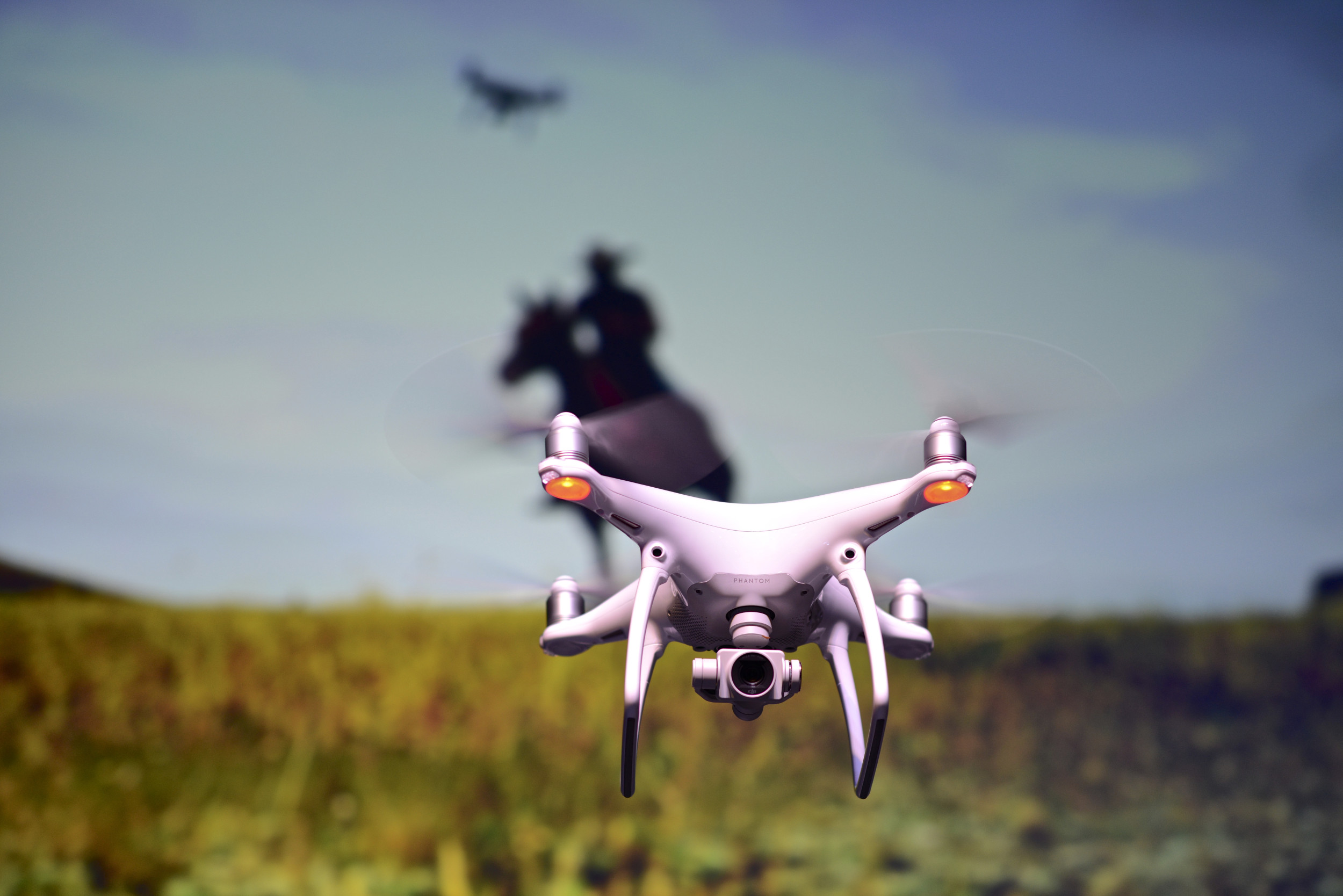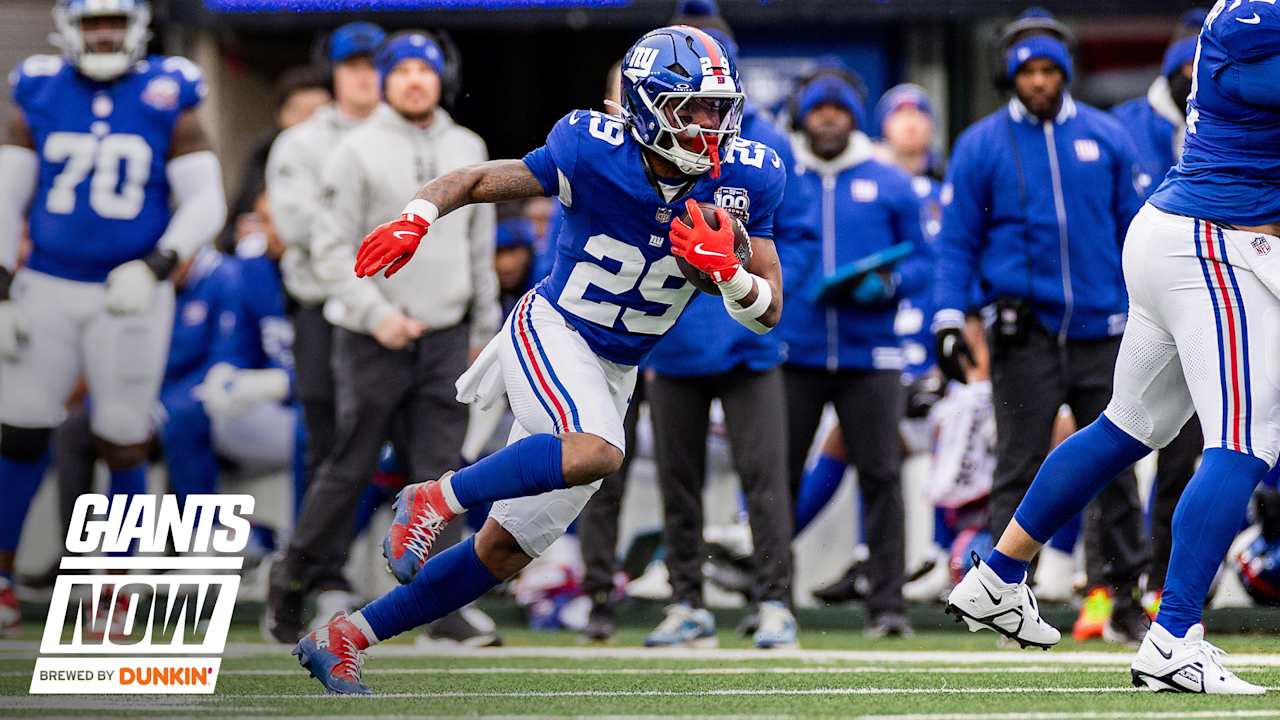World
Remembrance & Rebirth: New York City and the World Trade Center Today

Last month, I had an appointment at 4 World Trade Center on Greenwich Street in the southeastern corner of the World Trade Center campus. A few days prior to my trip into the city, I pre-purchased a timed-admission ticket to the National 9/11 Memorial & Museum, which I planned to visit after the appointment.
Rather than driving into Manhattan, I took the Long Island Railroad into Penn Station and, from there, the E Train to the Oculus-World Trade Center Transportation Hub. The Oculus is owned and operated by the Port Authority of New York & New Jersey. Within its space and perimeter are 12 subway lines and the World Trade Center PATH Station. Its user volume is estimated at over 250,000 passengers per day.
The 16-acre World Trade Center is a mixed-use campus and home to the Oculus, One World Trade Center, 3, 4, and 7 World Trade Centers, the National 9/11 Memorial & Museum, Liberty Park, the future Saint Nicholas National Shrine, Ronald Perelman Performing Arts Center, 2 World Trade Center, and 5 World Trade Center, along with 80 different retailers.
In the wake of September 11, amidst the stunned shockwave felt throughout the City, the nation, and the world, New York City made a promise to rebuild. Through careful planning, innovation, design, and vision, today’s World Trade Center is a revived financial center and a place for reflection, engagement, education, and remembrance; it is a place of tribute, renewal, and a beacon representing the city’s strength and resilience.
Positioned as part of the World Trade Center masterplan by Daniel Libeskind and designed by architect Santiago Calatrava, the Oculus is constructed of white metal-clad steel ribs that reach up and out to form an elliptical dome over an immense concourse. The form itself is symbolic of a dove being released from the hand of a child. The orientation of the Oculus serves as a lasting reminder of September 11, 2001, as the structure is aligned with the sun’s solar angles. Each year on 9/11, from 8:46 a.m. (when the first airliner struck the North Tower, and 17 minutes later, a second airliner struck the South Tower) until 10:28 a.m., the time of the second tower’s collapse, the central skylight of the Oculus fits the alignment of the sun and washes the floor of the Oculus with a stream of light.
Adjacent to the Oculus is the National 9/11 Memorial & Museum. It invites visitors to learn about the history of the 9/11 attacks and the 1993 World Trade Center bombing at the site where the Twin Towers once stood. Located seven stories below the Memorial Plaza, the Museum’s dynamic blend of architecture, archaeology, artifacts, and history creates an encounter with the story of the attacks, their aftermath, and those who experienced the events. Respecting this site, made sacred through loss, the Memorial and Museum stands as a monument to human dignity, courage, and sacrifice that honors the nearly 3,000 victims of the attacks and all those who risked their lives to save others.
While it is a somber reminder of these events, the National 9/11 Memorial & Museum provides places of reflection and remembrance that are designed to help those who were most affected by the attacks to heal and those with no memory of the attacks to understand losses that will forever remain incomprehensible.

Across from the Museum and standing at the 9/11 Memorial site is what is known today as the ‘Survivor Tree,’ which has a compelling and inspiring story of survivorship of all its own. For almost a month after 9/11, this Callery pear tree was found in the ruins at Ground Zero. Extensively damaged with its roots and limbs snapped and its trunk blackened and burned, rescue and recovery workers pulled the tree from the rubble. The tree was placed in the care of the New York City Department of Parks and Recreation and nursed back to health. In 2010, the Survivor Tree was transported back to the 9/11 Memorial site, where it was planted beside the South Pool as a living reminder of survival, resilience, and hope.
Today, while the regeneration of the World Trade Center stands as a remembrance and testimony of loss and grief, it ultimately stands as a testament to the spirit of New York City, a symbol of determination, resilience, and hope. And though a change in the landscape of the Financial District and lower Manhattan is forever a reminder that even in the face of incomprehensible tragedy, humanity can rise above adversity, overcome its challenges, and emerge stronger.
Through remembrance, as in the lyrics of ‘Fragile,’ a song written by British singer/songwriter Sting in 1987, “Tomorrow’s rain will wash the stains away. But something in our minds will always stay.”










